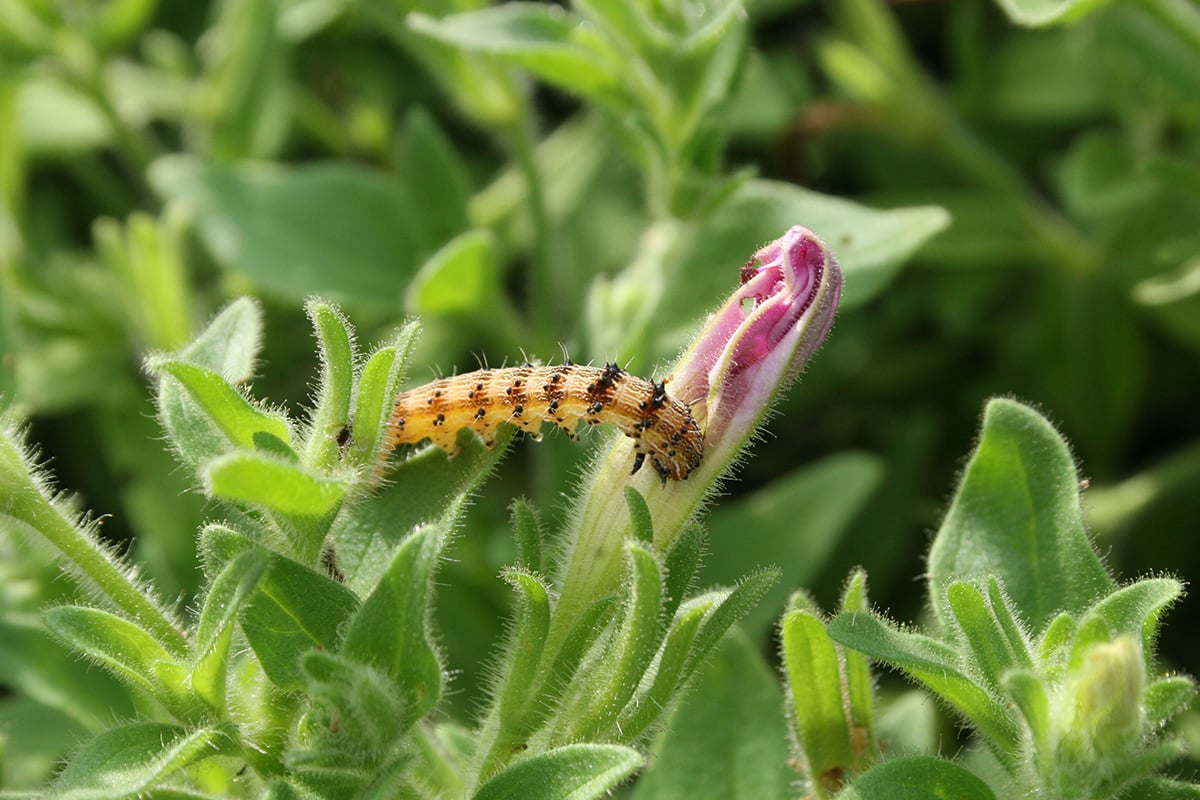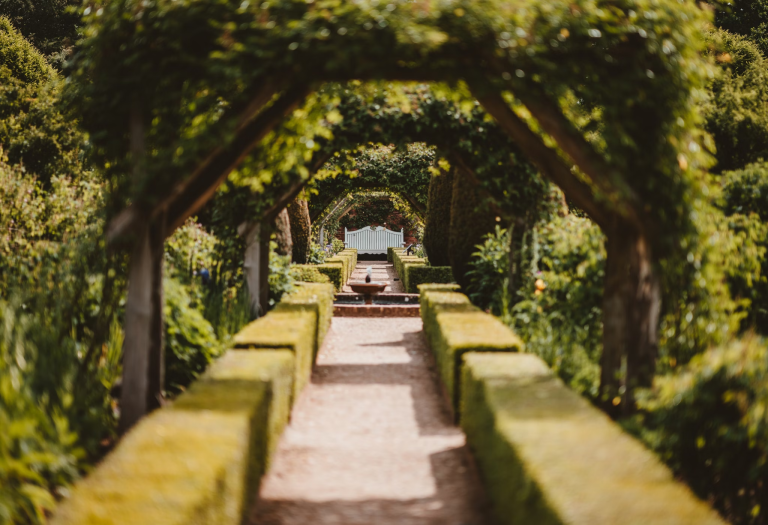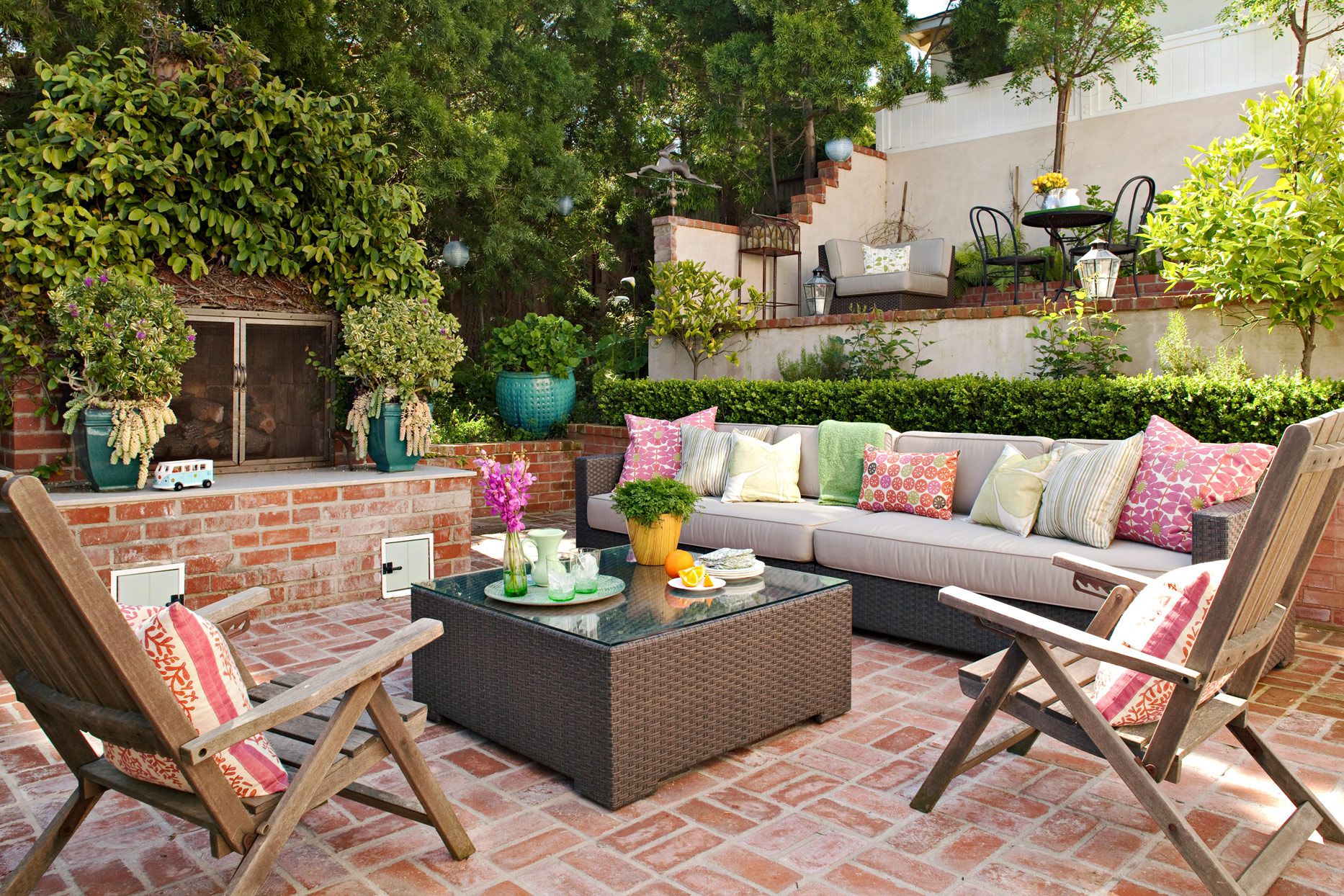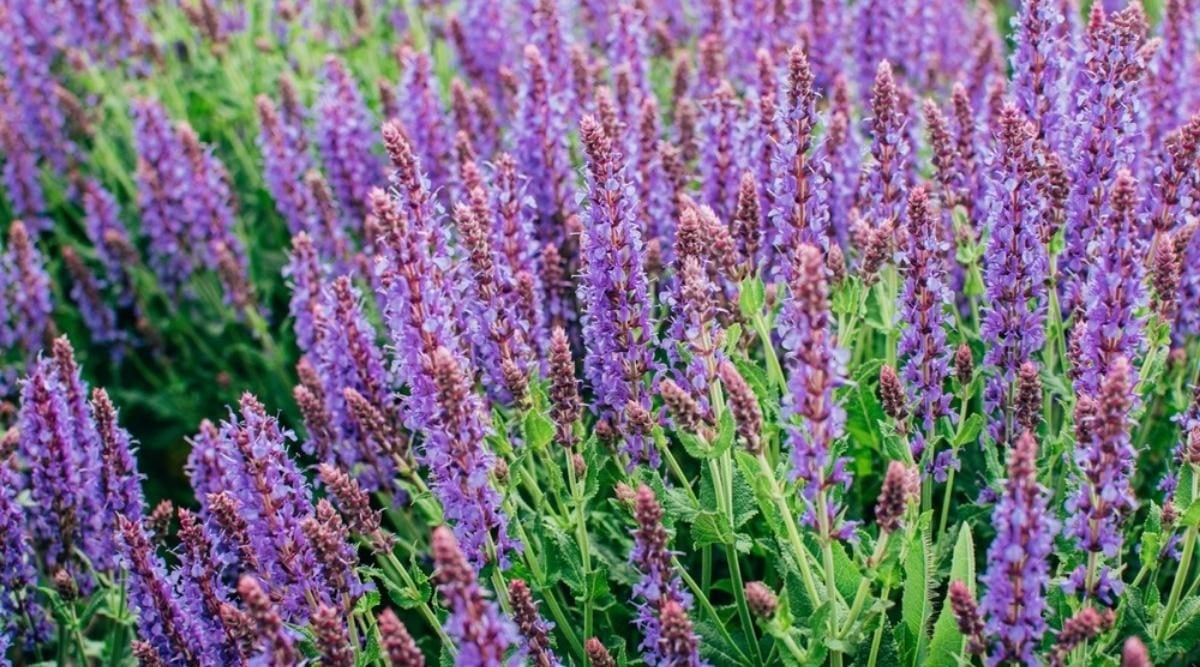Planter Maintenance 101: Tips For Keeping Your Garden Containers Healthy And Vibrant
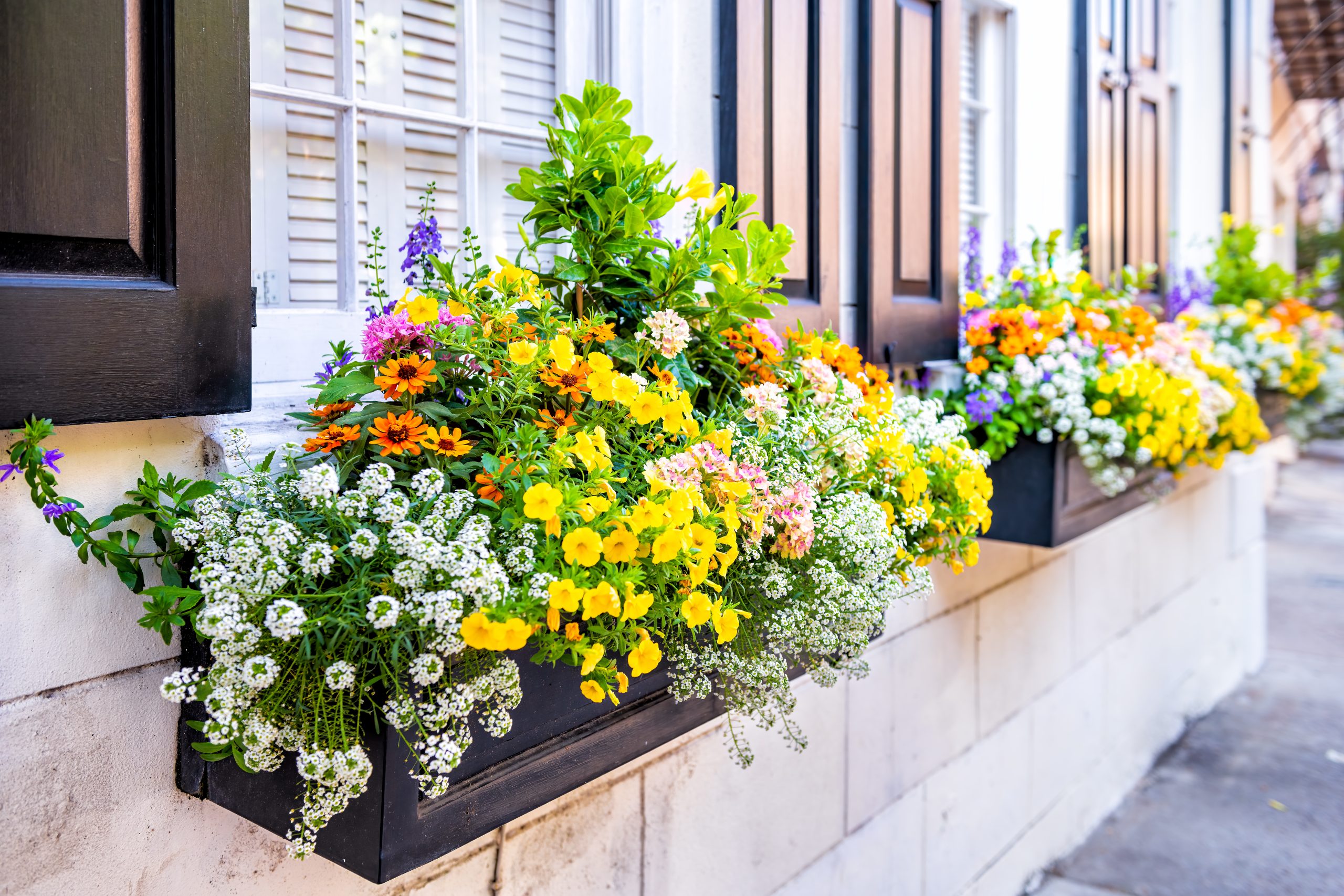
Table of Contents
Even without much space, adding greens and blooms to your home brings numerous benefits. Gardening in compact planters can provide you with fresh vegetables and lovely flowers, given that you care for both plants and containers well.
Maintaining your planters well is crucial to growing healthy, vibrant plants. Following some guidelines can lead to improved growth, reduced problems like pests and diseases, and a striking display. This article outlines the essential maintenance tasks for new gardeners, busy professionals, and anyone seeking to spruce up their outdoor space with beautiful potted plants.
Essential Basics
Choosing the Right Planter
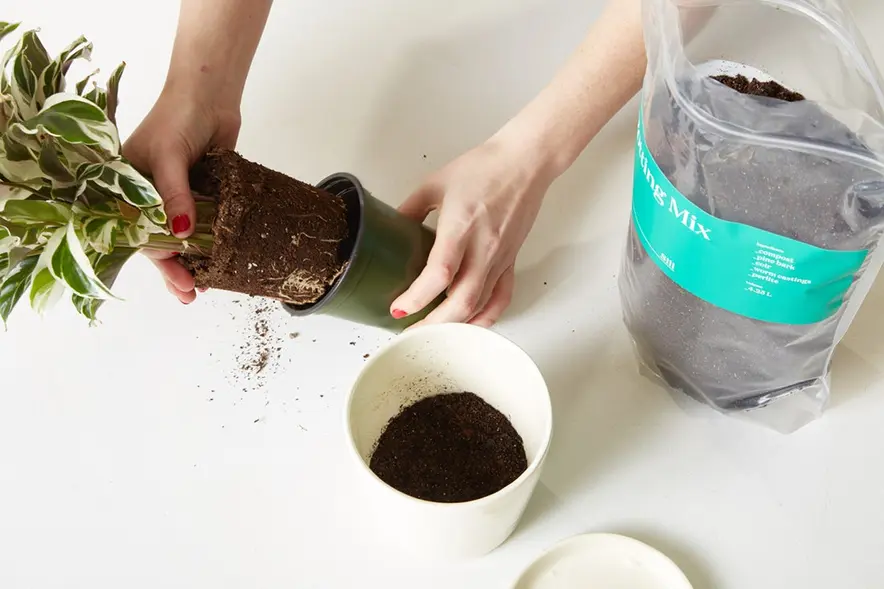
When selecting containers, consider their durability, drainage and size. For example, Cunningham planters have adequate holes to prevent waterlogging and are more resistant to decay.
Materials like clay, plastic and wood all have pros and cons. The right planter is fundamental to your garden’s success. Here’s what to consider:
Clay
Pros:
- Natural and aesthetically pleasing: Adds a classic, earthy look to gardens.
- Porous material: Allows good air and water circulation around roots, preventing rot.
- Insulating: Protects roots from extreme temperatures.
- Durable: Can last for many years with proper care.
Cons:
- Heavy: It can be difficult to move.
- Prone to cracking: May crack in freezing temperatures or with rough handling.
- Dries out soil quickly: May require more frequent watering.
- Expensive: Pricier compared to plastic and sometimes wood options.
Plastic
Pros:
- Lightweight: Easy to move and handle, even large planters.
- Affordable: Usually the most budget-friendly option.
- Variety of colours and styles: Available in diverse designs to suit different tastes.
- Durable: Resistant to cracking and weather damage.
Cons:
- Not as aesthetically pleasing: It can look less natural than clay or wood.
- Poor drainage: Some plastic planters don’t efficiently drain water, leading to root rot.
- Can overheat roots: Darker colours absorb more heat, potentially harming plants.
- Less sustainable: Made from non-renewable resources and may not be biodegradable.
Wood
Pros:
- Natural and attractive: Offers a rustic, charming aesthetic.
- Insulating: Like clay, it protects roots from temperature fluctuations.
- Can be sustainable: Choose responsibly sourced and treated wood.
- Unique and customisable: Makes for DIY projects and personalised planters.
Cons:
- Requires maintenance: Needs regular sealing or staining to prevent rot and insect damage if not made of naturally resistant wood.
- May leak: Untreated wood can leak tannins, potentially affecting soil pH.
- Shorter lifespan: Less durable than other materials, especially outdoors.
- Heavier than plastic: May be cumbersome to move, depending on size.
Select a planter type that best fits your lifestyle and home’s aesthetic. Planters that match those two factors could make it easier for upkeep.
Planting Mix
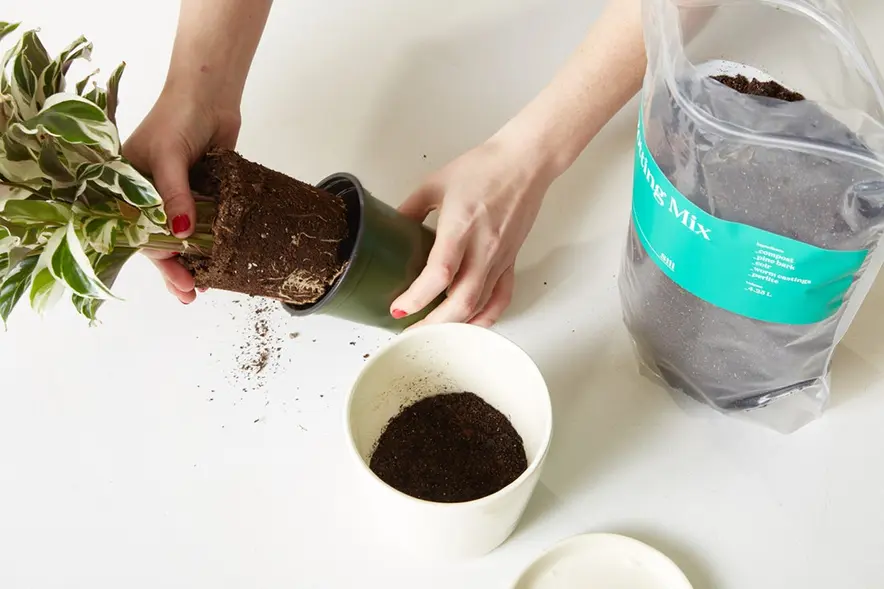
Well-draining, nutrient-rich soil is vital for healthy plants. Look for mixes with compost, perlite or vermiculite that hug roots with moisture yet drain freely, avoiding waterlogging. Match soil acidity and nutrients to each plant’s unique preferences. Premade mixes offer convenience, while balanced DIY blends allow customisation.
Watering Wisdom
Learn each of your plant’s water needs to avoid over or under-watering them. Drought-tolerant varieties need less frequent drenching than moisture lovers. Check soil moisture with your finger; water when the top inch is dry.
Slow, deep watering encourages healthy root growth. Ensure the plant receives adequate water at the root level rather than relying on surface misting, which doesn’t sufficiently hydrate most plants. Clear blocked drainage holes to manage excess moisture.
Feeding Your Plants
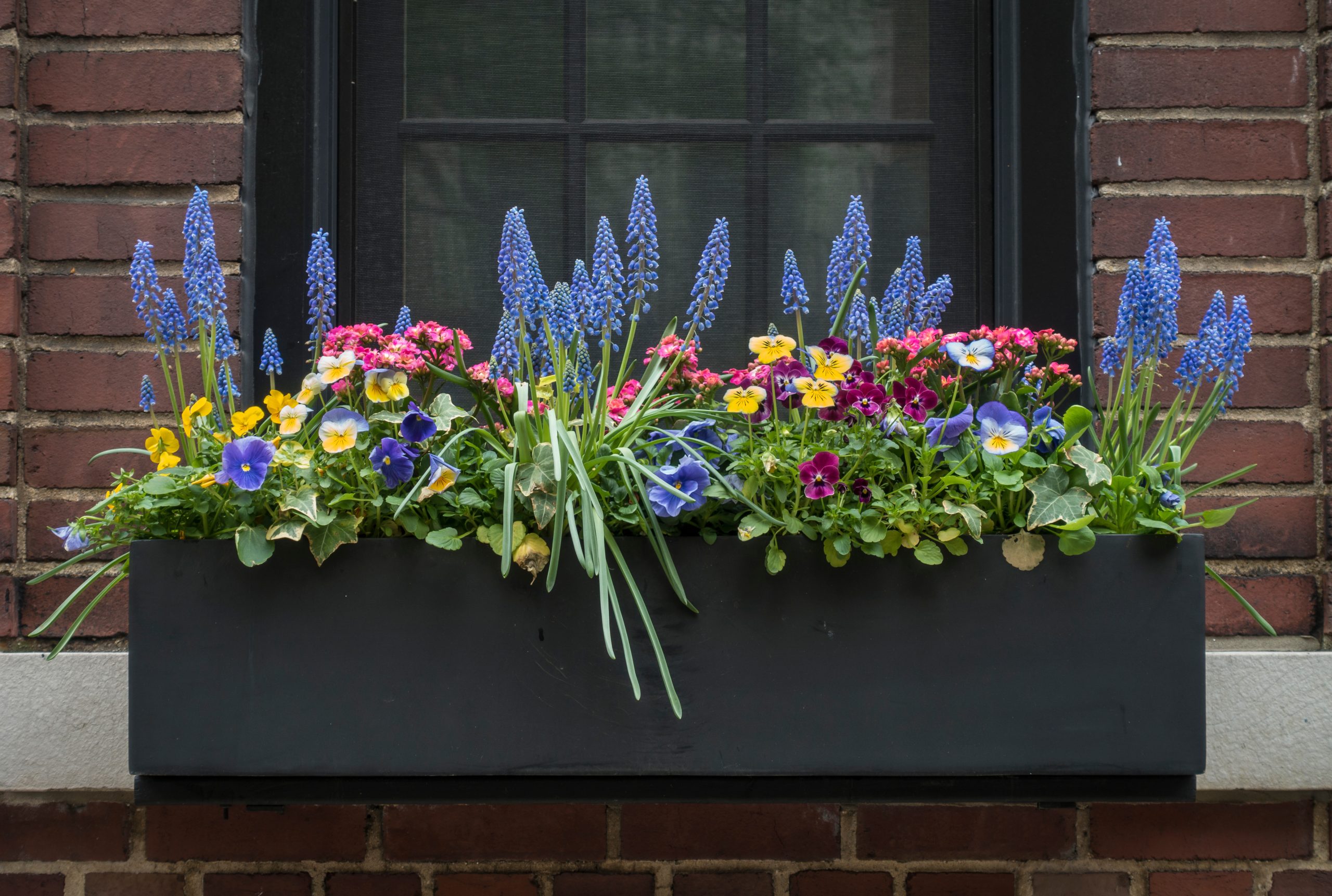
Fertilising ensures plants receive all the nutrients necessary for vigorous blooming and fruiting. Natural fertilisers like compost or fish emulsions release nutrients slowly, while synthetic options deliver a quicker boost. Follow package instructions for fertilising, adjusting frequency as needed, especially for heavy feeders like tomatoes. Address nutrient deficiencies seen via yellowing leaves or stunted growth promptly.
Sunlight Savvy
Sun-lovers like herbs need at least six hours of direct light, while shade-dwellers thrive in partly shady spots. Position your planters appropriately and rotate them periodically so all sides get evenly illuminated for symmetrical development. Insufficient light causes leggy, weak growth, while too much sun can scorch leaves.
Pest Patrol
Containers are vulnerable to pests like spider mites or diseases like powdery mildew. Practice prevention by providing good growing conditions and immediately removing diseased material. Identify pests early and use gentler treatment options like insecticidal soap spray or neem oil extract versus harsh synthetic pesticides to protect your plants.
Repotting Right
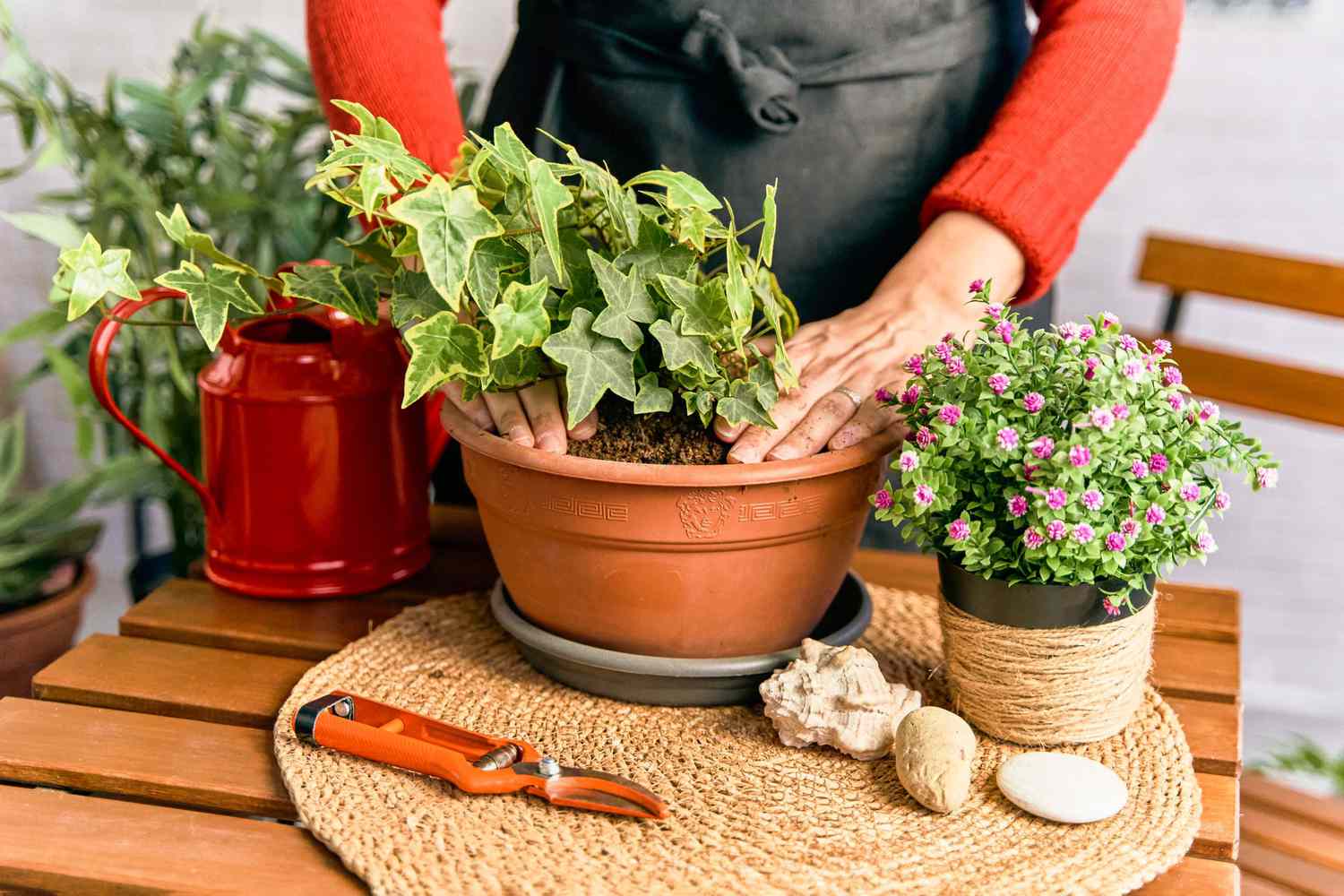
Rootbound or pot-bound plants require periodic repotting into larger containers to support growth. Time repotting to avoid main flowering or fruiting periods. Match planter dimensions to the plant, allowing ample room for root expansion. Gently loosen root balls prior to repotting to encourage new root production and avoid post-transplant shock.
Bonus Tips
Mulching helps conserve moisture, reduces weeds and gives planting beds a tidy finish. Plants look drab once flowers fade. Pinching off dead blooms spurs new buds, so beauty endures. Should pests sneak in, deploy helpful bugs like ladybugs or lacewings for safe, natural defence.
To add personality to plain planters, decorate them with non-toxic materials. Upcycle everyday items like buckets or jars for quirky and sustainable containers. These methods can give your garden the makeover it deserves.
Conclusion
Following essential maintenance tips for elements like soil, water, light and pest management keeps container plants thriving season after season. Adjust techniques to suit each plant’s preferences and garden conditions.
With some vigilance and personalised care, your potted plants will reward you with vigorous, healthy growth and abundant flowers and produce for years to come. Experiment confidently, and most importantly, have fun!

